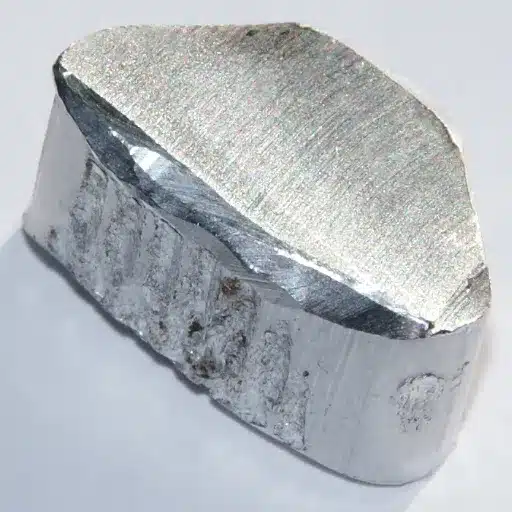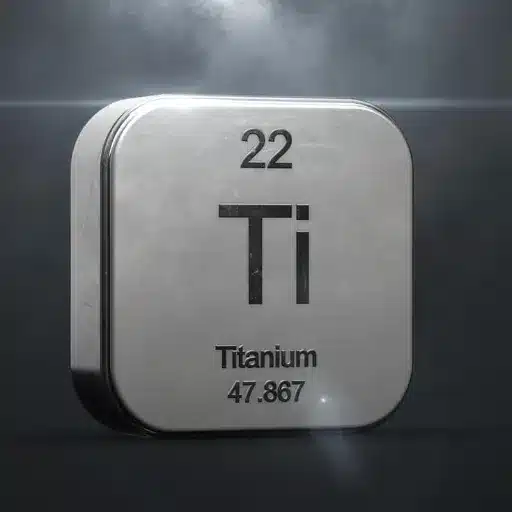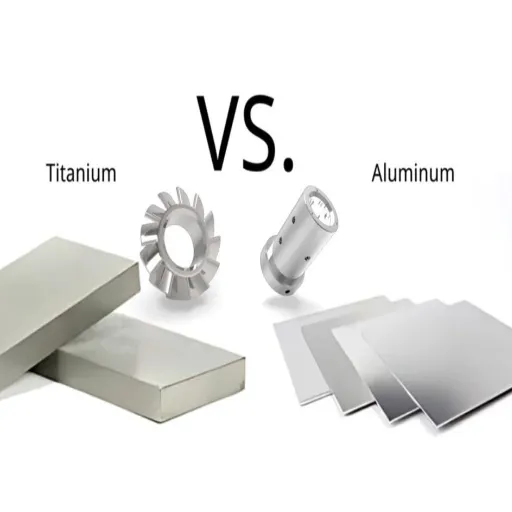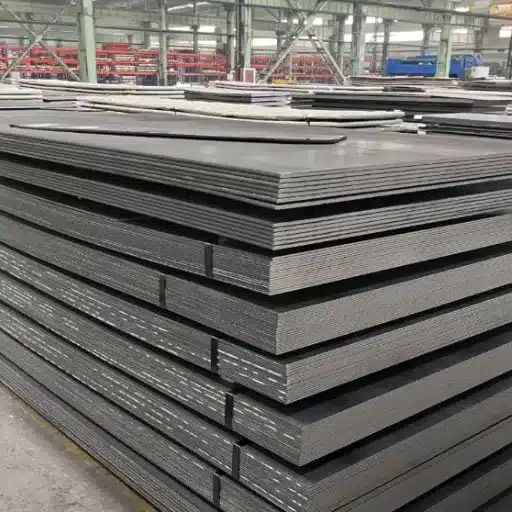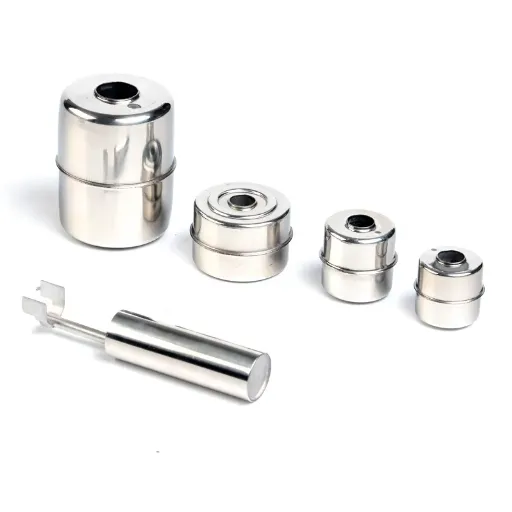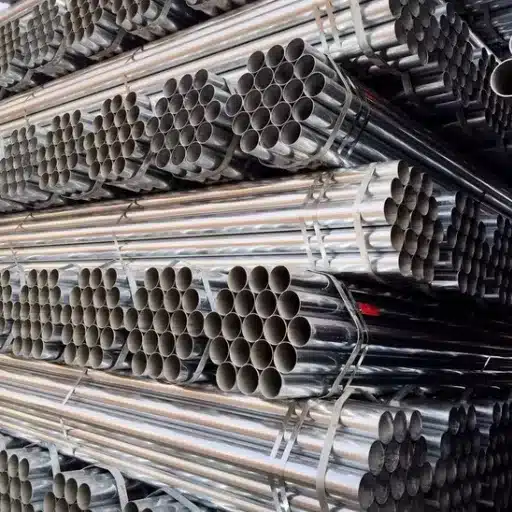Steel is a well-known and widely used material, primarily because of its strength. Applications include construction and manufacturing, but understanding how temperature influences steel behavior is equally important. This comprehensive guide explores thermal resistance, heat flow rates, and related characteristics essential for designing engineers, architects, and professionals working with steel in elevated temperature environments.
Introduction to Thermal Conductivity
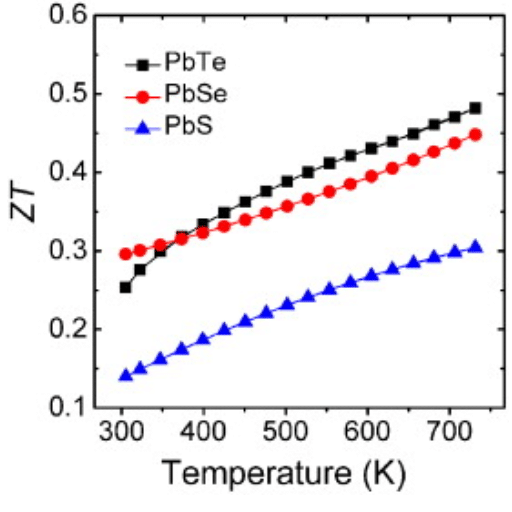
Definition of Thermal Conductivity
Thermal conductivity refers to the ability of a substance to conduct heat. It describes how fast heat passes through a given material in a temperature gradient. The unit of thermal conductivity in the International System of Units is W/m·K (watts per meter-kelvin).
Materials are classified into two categories:
- Good thermal conductors – metals like copper and aluminum with high thermal conductivities, used in applications requiring efficient heat dissipation
- Poor thermal conductors (insulators) – materials like wood and insulating foam with low thermal conductivities, used for thermal insulation and protection
Importance of Thermal Conductivity in Metals
Metallic thermal conductivity is crucial in industrial and technological applications where efficient cooling is essential. Heat-spreading metals enable modern machines and devices to operate safely by preventing overheating. In electronics, for instance, continuous and efficient cooling prevents damage to processors and circuits. In industrial settings, heat exchange surfaces rely on metals to function as effective heat sinks, improving structural performance, safety, and energy utilization.
Overview of Thermal Resistance
Thermal resistance is the opposing capability that a material poses against heat conduction across its thickness. This characteristic is imperative in engineering processes involving elevated temperatures. Steel provides a reasonable balance of thermal resistance with adequate mechanical strength.
Key Insight: The extent of thermal resistance in steel alloys is governed by composition and treatment methods. Various elements, such as chromium and nickel, increase resistance to heat flow in their alloys.
Thermal Conductivity of Stainless Steels
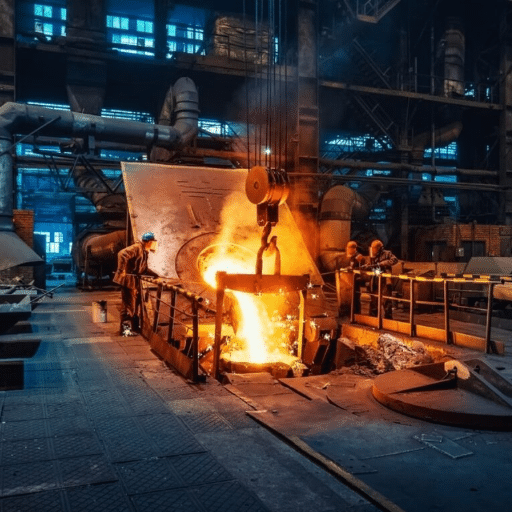
The thermal conductivity of stainless steel depends on constituent elements and microstructure. Generally, stainless steels have lower thermal conductivity than carbon steels and aluminum, making them ideal for applications where heat dissipation needs to be controlled.
Stainless Steel Types and Their Thermal Properties
| Type | Example Grades | Thermal Conductivity (W/m·K) | Max Service Temperature | Key Characteristics |
|---|---|---|---|---|
| Austenitic | 304, 316 | 10–15 | 870°C (1,598°F) | High corrosion resistance, excellent for heat exchangers and cooking equipment |
| Ferritic | 430, 446 | 15–25 | 750–800°C (1,382–1,472°F) | Good corrosion resistance, low thermal expansion, high thermal stability |
| Martensitic | 410, 420 | Not specified | 600°C (1,112°F) | High strength and hardness, suitable for tools and precision instruments |
Applications of Austenitic Grades
Austenitic grades 304 and 316 are widely used in heat exchanger and cooking equipment applications. Grade 304 operates effectively up to 870°C, while grade 316 demonstrates superior performance in seawater or chloride-containing environments due to molybdenum content.
Recent Developments
Recent research (2023) has explored alloying agents and nanostructuring to improve heat resistance. Adding aluminum or copper to steel maintains corrosion properties while reducing thermal resistance, significantly enhancing energy efficiency and expanding applications to aviation, transportation, and renewable energy sectors.
Comparison with Other Metals
Stainless Steel vs. Titanium
Stainless Steel: Common in construction, automotive, and kitchen applications due to superior strength, corrosion resistance, and cost-effectiveness.
Titanium: Preferred in aerospace, medical implants, and offshore structures due to high strength-to-weight ratio and exceptional corrosion resistance, though significantly more expensive.
The choice depends on application requirements, weight restrictions, anti-rust properties, and budget considerations.
Thermal Resistance in Carbon Steels
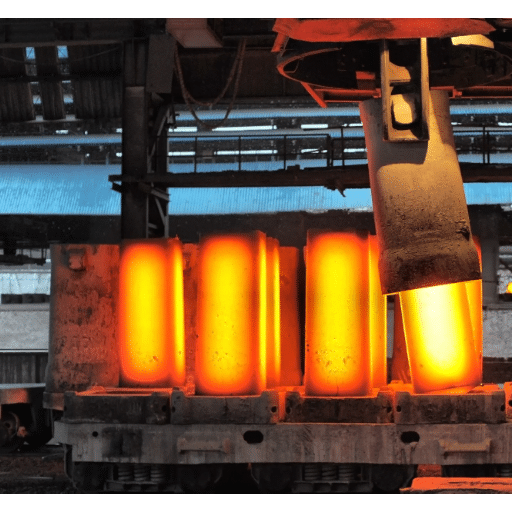
Thermal Properties Overview
Carbon steels have medium thermal resistance and are valued for their versatility and durability. Their thermal conductivity ranges from 45 to 60 W/m·K, depending on carbon content and alloying elements.
While carbon steels have lower thermal resistance compared to stainless steels and titanium alloys, they are significantly cheaper and provide adequate thermal resistance for most applications. Introducing alloying elements such as manganese, silicon, or chromium can improve thermal resistance but increases costs.
Carbon Steel vs. Stainless Steel: Thermal Comparison
| Property | Carbon Steel | Stainless Steel |
|---|---|---|
| Thermal Conductivity | 45–50 W/m·K | 15–25 W/m·K |
| Heat Conduction | Excellent – ideal for heat dissipation | Lower – better for controlled thermal environments |
| High-Temperature Performance | Loses mechanical properties at high temps | Maintains properties due to chromium |
| Corrosion Resistance | Limited at high temperatures | Excellent – even at elevated temps |
| Cost | Lower | Higher |
| Best Applications | Heat exchangers, boilers, pipes | High-heat/corrosive environments |
Temperature-Induced Dimension Changes
Carbon steel undergoes thermal expansion of approximately 10 to 12 micrometers per meter per degree Celsius. These dimension changes can cause stress buildup in components at varying temperatures, potentially leading to failure. Proper design accounting for thermal expansion is critical.
Use Cases for Carbon Steel in High-Temperature Applications
Common Industrial Applications
- Boilers: Designed for temperatures between 400°F to 800°F; inexpensive yet efficient under high temperature and pressure
- Boiler Tubes: Used in industrial plants for steam generation; low-cost alternative with high efficiency ratings
- Heaters and Machinery: Structural frames and housing for industrial heating equipment; economical thermal resistance
- Power Plant Piping Systems: Transport steam and hot water at temperatures around 800°F while maintaining structural strength
- Heat-Resistant Plates and Sheets: Used in petrochemical plants and industries requiring prolonged heating; efficient energy transmission
Factors Affecting Thermal Conductivity of Metals
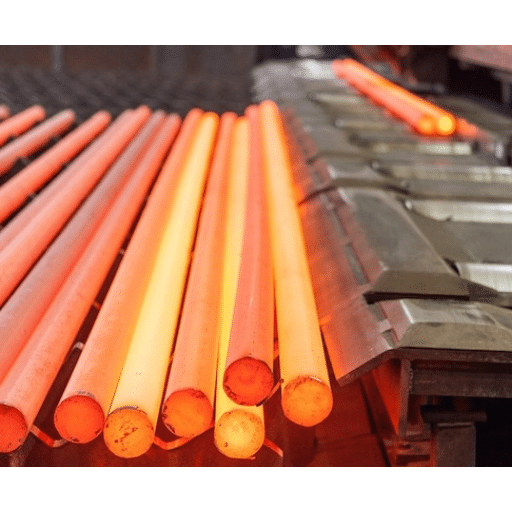
Primary Influencing Factors
Thermal conductance in metals is influenced by both intrinsic and extrinsic properties:
- Atomic Structure: The movement of free electrons is responsible for most heat transfer. Metals like copper and silver have high thermal conductivity due to high concentrations of free electrons and dense atomic structures.
- Temperature: Increased heat causes greater atomic vibration, which enhances free electron emission within the metal but can reduce conductance. This effect varies by material.
- Impurities and Defects: Structural faults and impurities distort electron migration, increasing energy loss and reducing thermal conductivity.
Impact of Alloy Composition
Alloy compositions significantly shape metal properties and applicability. For example:
- Adding chromium to steel creates stainless steel with enhanced corrosion resistance
- Alloying aluminum with magnesium or silicon creates lightweight, stronger materials used in aerospace and automotive industries
- Special alloys for renewable energy systems prioritize environmental performance alongside functional properties
Influence of Temperature on Thermal Conductivity
For metals, increased temperature generally leads to higher vibrational energy, creating greater resistance to heat flow and reducing thermal conductivity. This differs from ceramics and polymers, which often exhibit increased thermal conductivity at elevated temperatures.
Role of Microstructure in Thermal Resistance
Material microstructure substantially determines thermal energy resistance. Atoms in crystalline lattices can either facilitate or impede heat transmission through:
- Grain boundaries: Fine-phase structures efficiently limit heat conduction as thermal phonons scatter at grain boundaries
- Defects and voids: Structural imperfections affect thermal transmission capabilities
- Composite materials: Low-thermal-conductivity elements dispersed in a matrix can enhance overall thermal resistance
Recent research on nano-reinforced materials shows promise for applications requiring high performance across various temperatures, particularly in battery systems and renewable technologies.
Characteristics of Good Thermal Conductors
Materials perform as good thermal conductors when their chemical and physical structure promotes heat passage. Key characteristics include:
- High Thermal Conductivity Coefficient: Metals like copper or silver enable uniform heat transfer
- Homogeneous Crystal Structure: Lower defects and impurities improve heat conduction efficiency
- Low Heat Capacity: Materials heat and cool quickly for efficient heat dissipation
- High-Temperature Resistance: Performance is maintained in exceptional heat conditions, ensuring longevity across applications
- Material Compatibility: Mixed conductor systems with complementary materials integrate effectively in modern thermal systems
Advanced hybrid materials incorporating graphene and carbon nanotubes demonstrate revolutionary thermal management capabilities due to their excellent thermal and mechanical properties, expanding thermal conductivity limits without material deformation.
Identifying Poor Thermal Conductors
Common Poor Thermal Conductors
Poor thermal conductors lack efficient heat transmission due to molecular configuration or absence of free electrons. Examples include:
- Rubber
- Wood
- Plastic
- Air
- Silicone
- Ceramics (thermal conductivity as low as 1.5 W/m·K compared to steel’s ~45 W/m·K)
Typical Applications
Poor thermal conductors are essential for:
- Thermal pipe insulation: Rubber and foam reduce heat penetration
- High-temperature protection: Ceramics prevent thermal penetration in extreme conditions
- Construction insulation: Building insulation systems maintain temperature control
- Protective equipment: Specialized clothing and containers preserve contents
Impact on Material Selection for Engineering Applications
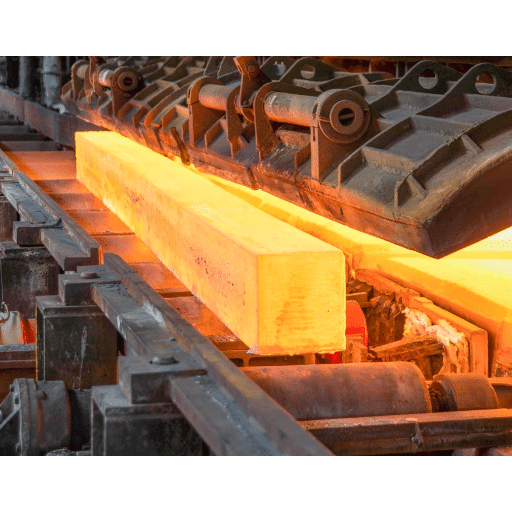
Critical Selection Factors
Heat Conduction Ability
Materials with low heat conduction ability (plastics, ceramics) are chosen for applications where high temperatures must be avoided. For reference, ceramics with thermal conductivity of 1.5 W/m·K contrast sharply with steel’s ~45 W/m·K.
Thermal Expansion Coefficient
Linear thermal expansion varies significantly between materials:
- Aluminum: 22–24 µm/m·°C – expands more with heating
- Steel: 11–13 µm/m·°C – more dimensionally stable
High-Temperature Performance
Different materials maintain properties at varying temperatures:
- Stainless steels: Maintain mechanical properties above 1,000°F (537°C)
- Aluminum: Weakens around 500°F (260°C)
Economic Considerations
Material selection typically balances cost against thermal performance. While ordinary carbon steel remains affordable, specialized composites offer superior thermal resistance at premium prices.
Corrosion and Heat Resistance
The ability to withstand heat without corroding expands application possibilities. Stainless steel demonstrates both heat and wear resistance, making it suitable for longer service life in many engineering designs.
References
-
Thermal Conductivity – A resource from Georgia State University’s HyperPhysics platform, providing data on the thermal conductivity of various materials, including steel.
-
Thermal and Mechanical Modeling of Metal Foams – A study from Purdue University exploring the effects of porosity and pore density on thermal resistance in metal foams.
Frequently Asked Questions (FAQ)
Can metals conduct heat? If yes, how well can they be considered as insulators as well?
Specific thermal conductivities of different metals heli of sillican o weight of the dust differs according to metal type. Metal has generally high thermal conductivity, and this is due to the fact that metals are very good heat conductors. However, copper has one of the highest thermal conductivity of metals and aluminium comes close as well; both are used whenever good heat conductors are needed.
Which one is more efficient stainless steel or carbon steel when it comes to conductivity?
Stainless steel conductivity is higher than that of carbon steel conductivity. On the other hand, carbon steel would be expected to have. Often, conductivity means a value of carbon steel reaching approximately 45 watts per kelvin per meter whereas, conductivity of about 15 watts, 20 watts, or even 30 watts can be observed in cases of stainless steel. The materials behave differently from one another in engineering and design due to this property; for example, in equipment used in food processing where heat exchange is required.
What kind of things can change the thermal resistance of steel?
There are various aspects of steel that contribute to the difference in thermal properties, such as the chemistry, methods of processing the metal and the two-phase structure. It is necessary to consider that the thermal conductivity of steel is affected by its type in particular; by the reason that it is necessary to establish that heat treated steel would enhance wear as well as strength and hence the heat conduction of the steel would be different.
What connection, if any, is there between the heat transfer coefficient and the thermal resistance of steel?
The heat transfer coefficient is related to the determination of how well the heat can be conducted by a material. In terms of the thermal resistance of steel, the heat transfer coefficient, in this case, high would show that the said material performs well when it comes to taking heat away (thus maintaining it’s temperature), whereas in contrast, lower heat transfer coefficient would mean that such materials are poor heat conductors thus having high thermal resistance.
Why is there a need to consider the electrical conductivity of steel?
The electrical conductivity of steel is an important consideration, because this could impact how the metal performs when it is called upon to perform in environments and applications that require the thermal and electrical properties in the metal. It is true that steel does not have the same level of conductivity as copper, but its electrical conductivity can still be part of the design considerations for heating or electrical junction elements.
Does the thermal resistance of steel vary with temperature?
Normally, the thermal resistance of steel reduces the temperature rise of the steel. This is because at higher temperatures, the lattice thermal vibrations within the material increase which eventually enhances the heat transfer. Yet, this tends to differ for different steels with methods which vary in terms of thermal and structural conductivity.
How many types of stainless steel are there in the world? What are the specific types of stainless steel and how is their thermal conductivity measured?
Thermal conductivities vary in different types of stainless steel. For instance, the austenitic grades incorporate higher thermal conductivities than their ferritic counterparts. Knowing this variation is particularly important for heat applications, such as conveyors and ovens, as the correct grade of steel needs to be used.
In what manner is heat conducted within the steel?
Conduction is the primary mechanism by which thermal energy moves from one point to another within steel. This describes the movement of vibrational waves within the cathode as energy is transferred from high temperature regions to low temperature regions of the steel. The degree of strength of this exchange depends largely on the thermal resistance of steel, which varies considerably with the composition and treatment of the alloy in use.

